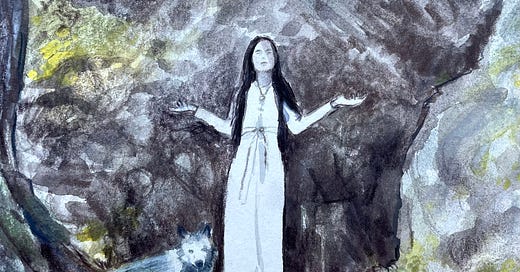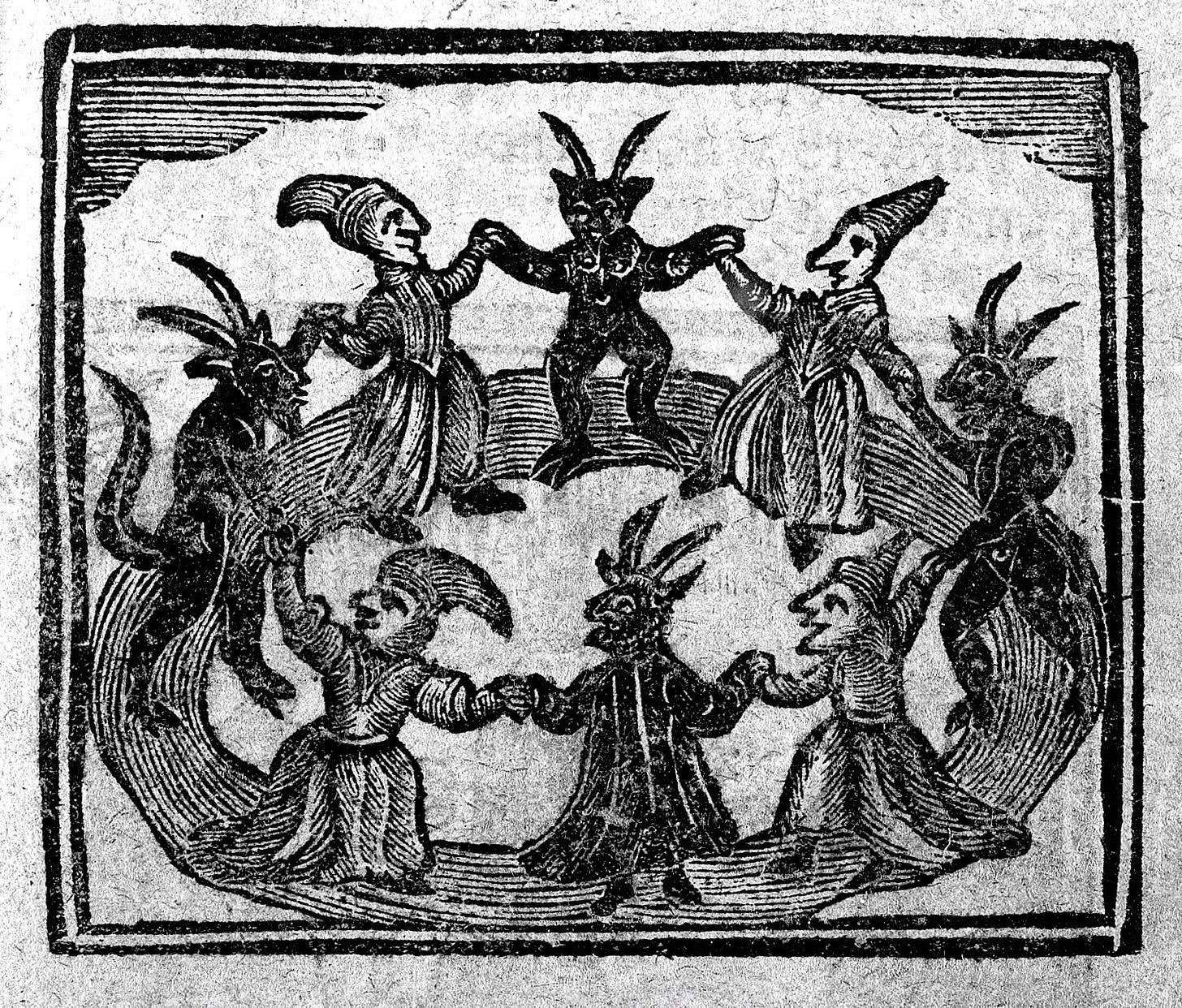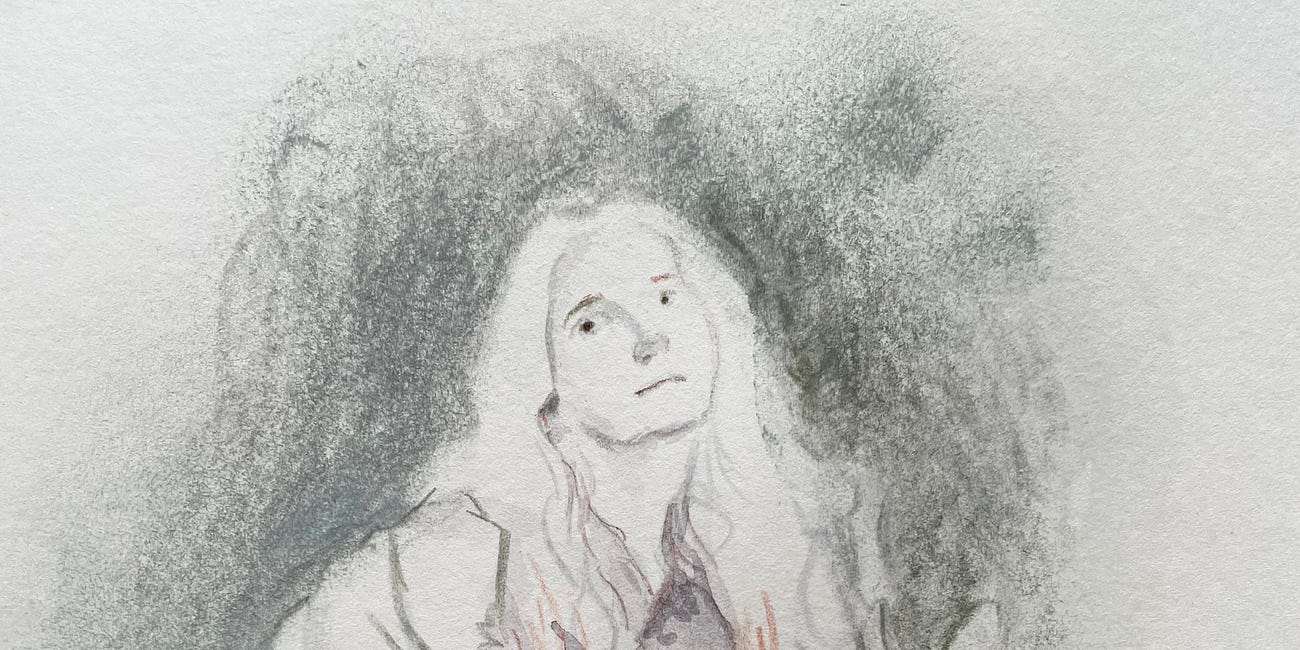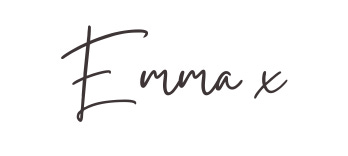It feels appropriate as we’re at the end of Witchcraft and Magic month, to mark this important period in the Pagan calendar, Samhain or ‘Summer’s End’ when Pagan communities give thanks for the summer which has passed and celebrate the beginning of a new season. It’s also traditionally believed that on Samhain night, the border between our world and that of the dead would grow thin and allow evil spirits to pass through, so it’s an important time for honouring ancestors.
The roots of Samhain go back to ancient Celtic times, but were co-opted into the Christian calendar as ‘All Hallows’ Eve’, now known as Halloween.
Many people across the world celebrate Samhain, two examples of public celebrations are The Dark Gathering, this year taking place in the history-steeped Tintagel in Cornwall, and in the Republic of Ireland there is Puca, a large, 5-day festival which is helping to keep the ancient Celtic traditions alive.
As well as celebration, Samhain is known as a reflective time, so this is a perfect opportunity for me to look back on this witchcraft and magic themed month.
I began this month with the intention of creating sketches and illustrations based on an archetypal witch - a woman dressed in black, creating potions, looking malevolent, perhaps with a cat by her side. This depiction of a witch is so ingrained in our western culture, made popular through TV, films and literature, it’s a hard image to shake off. As a child, each year on 31st October, my sister and I would don black bin bags, a home-made pointed hat and apply copious amounts of green face paint to go trick-or-treating. It never occurred to us that a ‘witch’ would be anything other than a cruel old woman, cackling and casting spells. To be honest, we just saw it as a fun opportunity to dress up and get free sweets.
But, the more I read and listened to this month, the more troubled I felt about that witch aesthetic and I now feel that my perception of witchcraft and magic has changed. So, before setting off to sketch some archetypal witches, I decided to spend more time finding out about ‘real’ witches and what witchcraft and magic means to me.
I started this month by writing about my visit to The Museum of Witchcraft and Magic. It was a unique and special place and I highly recommended visiting, but I was moved by how uneasy some of the exhibits made me feel.
I started to examine my western, secular experiences of witchcraft and magic which has mostly derived from popular culture and fiction, and how this contrasted with how the term ‘witch’ was used to subjugate and persecute thousands of innocent people during the early modern witch trials. I’ve also discovered that in some parts of the world this legacy still lives on and to be called a witch can lead to ostracisation or even physical harm to the accused.1
All this felt frightening and hard to comprehend and I felt guilty for those times I dressed as a witch to go-trick-or treating. Was I doing more harm by perpetuating this negative idea of a witch? But, I decided to not be too hard on myself for taking part in the halloween rituals of childhood, I didn't know any better back then, and I’m pleased to have shaken off those old views and enlightened myself to new ways of thinking.
This month I’ve been comforted to discover how many people currently identify as Pagans which makes me feel there's a positive shift in perception towards witchcraft, magic and related interests. In the UK alone the number of Pagans has risen each decade to almost 75,000 people on the last census.2
A crucial listen for me this month was the BBC podcast ‘Witch’ and it led me down many fascinating rabbit holes, but I was particularly interested in ‘natural magic’, specifically how crucial the natural world and natural forces are to many areas of witchcraft. For instance, the idea of living by cycles, in tune with nature and seasons is an important part of Pagan Wiccan beliefs as are the elements of Earth, Air, Fire and Water.3
My work features themes of animals and the natural environment and i’m drawn to nature as a way of grounding myself so I was excited to explore natural magic as a theme for our drawing session. I considered what element or animals I might feel akin too and focused on the spiritual element of ‘Earth’, combining image references of women in a natural environment alongside potential animal ‘familiars’ or ‘allies’.
I loved this drawing session and I can see lots of potential to expand further on it as an illustration project.
Magic & Witchcraft themed drawing session - replay
Thank you to everyone who made it to the live session! It was lovely to draw with you and see how differently everyone interpreted the images. If you haven’t already downloaded them, the images are here. We increased the timings for a more leisurely drawing session:
I have to admit, this month hasn’t quite gone to plan, I set out with the idea of creating some spooky artwork, testing out my new liquid charcoal, revisiting some classic witchy fiction and sharing my visit to The Witchcraft and Magic Museum. What I didn’t expect was to find the real-life history of witchcraft so interesting that I was compelled to put my art materials to one side and get the text books out. I feel my mindset towards witchcraft has changed and my belief in everyday magic, the stuff we see in the natural world, has increased.
There’s more to this subject than I could learn in my whole lifetime, but I’ve loved this brief sojourn and we’ll definitely circle back here for further explorations.
I’d love to know your thoughts on this months theme, please drop a comment below and share your experiences!











Love this Emma, so many fascinating things to discover. I am so looking forward to diving into that podcast. I think I’m going to love it!